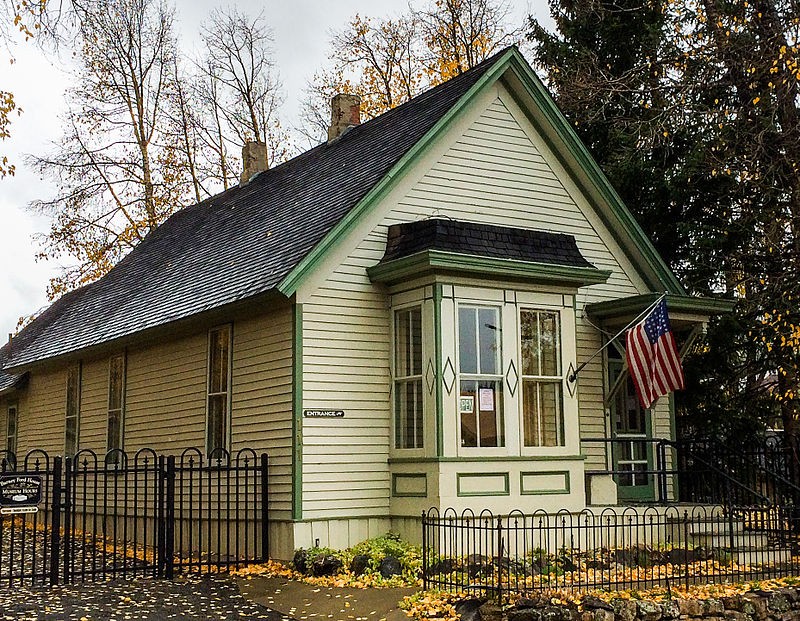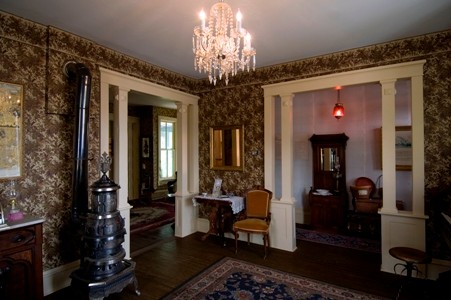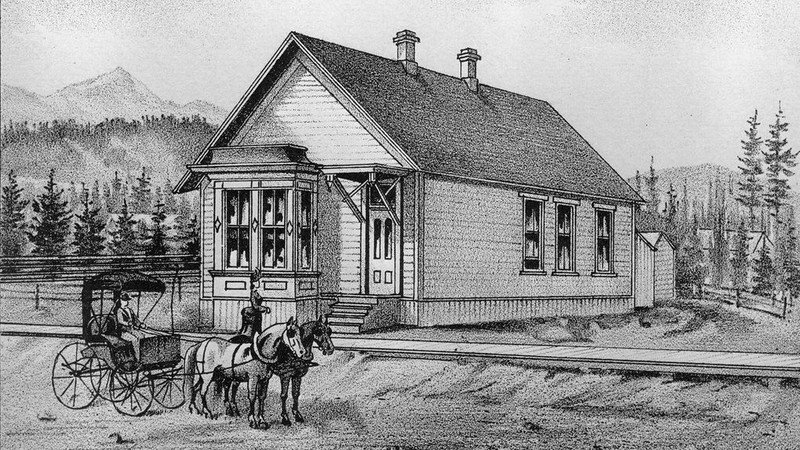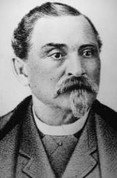Barney Ford House Museum
Introduction
Text-to-speech Audio
Located in the historic Victorian home of escaped slave Barney Ford, this museum tells the story of a man who fled from slavery in 1848 and eventually became a prominent businessman in Denver and Breckenridge. Some of Ford’s most famous ventures have included the Inter-Ocean Hotel and Ford’s Restaurant in Denver, as well as the Chop House in Breckenridge. By the 1870s, Ford was one of the richest men in Colorado.
In 1882, Ford built this five-room cottage (now the Barney Ford Museum). The home has been restored and offers a variety of exhibits related to slavery and emancipation, local history, African American history, and Ford’s life throughout the museum.
Images
Barney Ford House Museum

Inside Barney Ford's Victorian Home

Historic picture of the Barney Ford House

Barney Ford

Backstory and Context
Text-to-speech Audio
History of Barney Ford
Barney Ford was born in 1822 from a relationship between a Virginian slave and a white plantation owner. During his childhood, Ford grew up in South Carolina, where he learned to read and write from another servant (other sources state that his mother taught him). His mother, Phoebe, had always hoped he would escape, and then at the age of 26, the opportunity presented itself. Hired to work on a Mississippi Riverboat, Ford simply walked off the boat near Quincy, Illinois, and he fled to Chicago, possibly via the Underground Railroad.
While in Chicago, Barney Ford met his wife, Julia, in 1849, and two years later, Barney and Julia decided they would leave for California to take part in the gold rush. They traveled by ship, and on the route, the boat stopped in Nicaragua. They liked the seaside, Central American town where they stopped so much that the two opened a successful hotel and restaurant, some of Barney and Julia’s first entrepreneurial ventures.
In search of bigger opportunities, they moved to Colorado with the goal of mining for gold, which was a vastly growing in the Denver area at an unprecedented rate. Unfortunately, as an African American in the American West, Ford was not allowed to own a mine claim. Instead, Ford opened a barber shop and then later the Inter-Ocean Hotel, Ford’s Restaurant, and the Chop House (in Breckenridge). The hotel was opened in 1874, and Ford faced bankruptcy soon after. In 1882, Ford began construction on a five-room cottage, which is now the Barney Ford House Museum.
In search of bigger opportunities, they moved to Colorado with the goal of mining for gold, which was a vastly growing in the Denver area at an unprecedented rate. Unfortunately, as an African American in the American West, Ford was not allowed to own a mine claim. Instead, Ford opened a barber shop and then later the Inter-Ocean Hotel, Ford’s Restaurant, and the Chop House (in Breckenridge). The hotel was opened in 1874, and Ford faced bankruptcy soon after. In 1882, Ford began construction on a five-room cottage, which is now the Barney Ford House Museum.
Barney Ford died in 1902, though his reputation has survived to this day. In fact, a stained glass image of Ford still resides in the Colorado House of Representatives to honor his efforts in ending racial discrimination and gaining civil rights for African Americans.
Sources
"Barney L. Ford," HistoryColorado.org, accessed March 6, 2016, http://www.historycolorado.org/sites/default/files/files/Educators/3rd_4th/Barney_L_Ford.pdf
